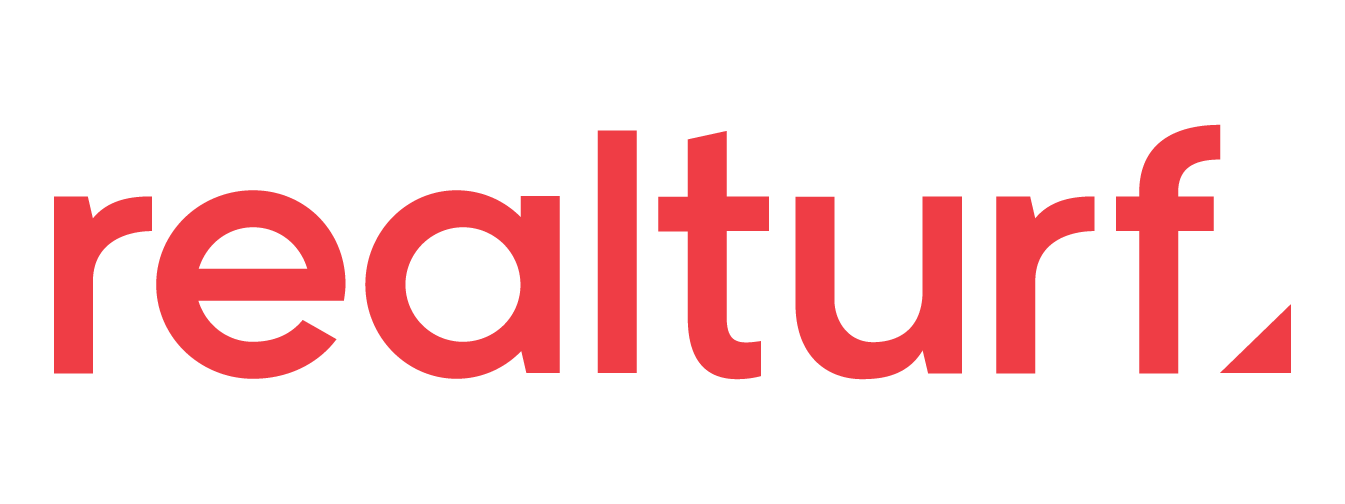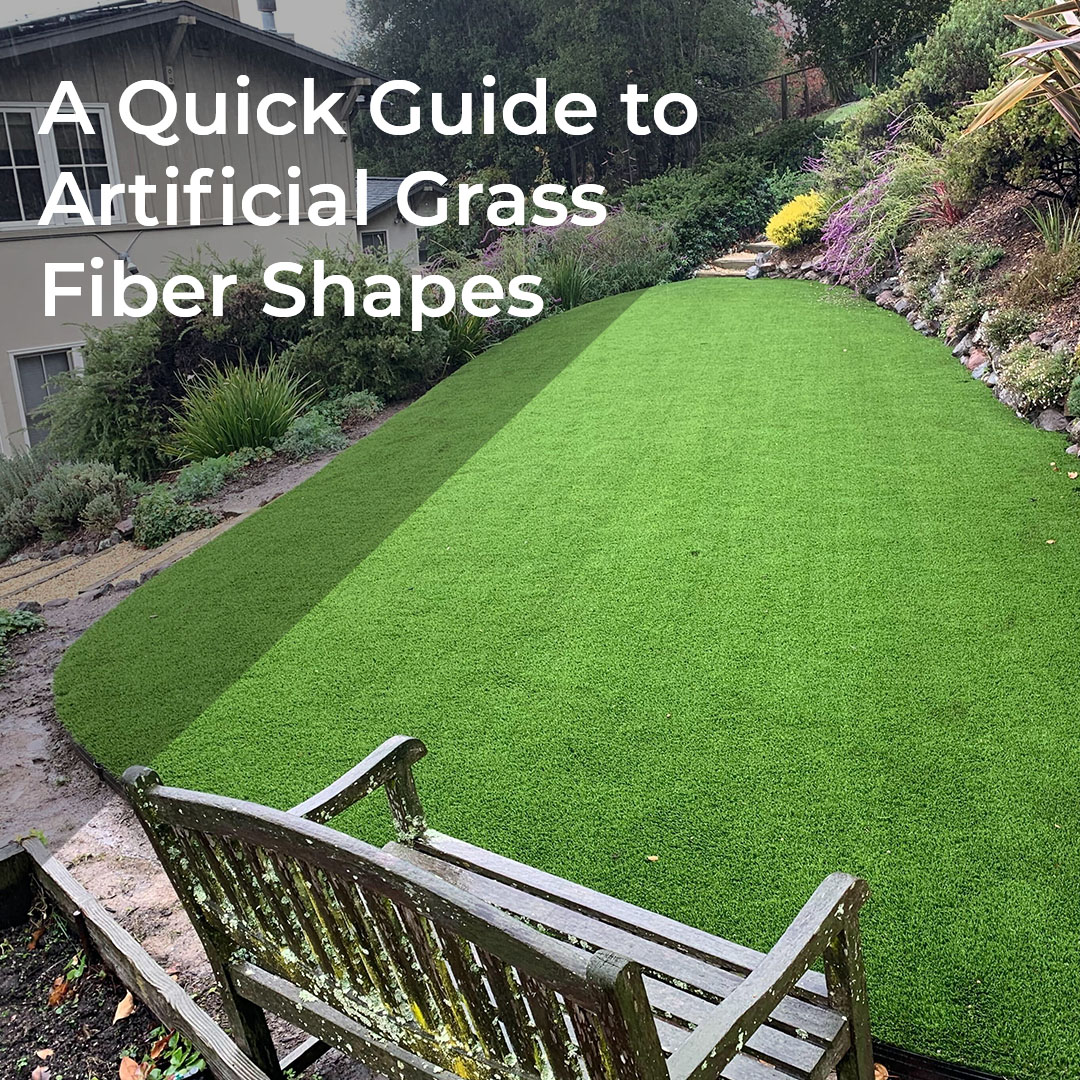The Shapes of Artificial Grass Fibers and How They Affect Performance
When planning out your residential turf install, one of the most important factors is the shape of the grass fibers. These shapes directly impact the look, feel, and performance of your artificial turf. As you evaluate the options for your home or business, understanding the characteristics of each fiber shape will help you select the best product for your needs.
Common Artificial Grass Fiber Shapes
Artificial grass blades come in several basic shapes, each with their own advantages. The most common options are:
- Flat Blades: As the name suggests, these blades are flat and even with no curves or indentations. They reflect light uniformly for a neat, consistent appearance.
- C-Shaped Blades: These blades curl into a C-shape. The shape helps the blades remain upright and bounce back from foot traffic.
- V-Shaped Blades: With a sharp angled indent, these blades are designed to spring back quickly after use. Their multidimensional shape also creates a varied light reflection for added realism.
- W-Shaped Blades: This shape builds on the V-shape with a double curve for maximum resiliency and increased durability.
- S-Shaped Blades: Adding an extra arc to the W-shape leads to an S-shape. This supplies the strongest bounce-back action from activity.
- Diamond-Shaped: A newer innovation, these blades have diamond-like facets down their length for optimal light reflection and visual appeal.
Artificial Turf Fibers: Appearance, Performance, Maintenance
The amount of use your artificial grass will get is a critical consideration when selecting which shape performs best for your needs.
Flat blades generally offer the least realistic appearance but excel when uniformity is preferred, like golf course greens. V-shaped and W-shaped blades improve light reflection for heightened realism. S-shaped and diamond take it further with built-in shadows and alternating highs and lows.
Diamond blades offer maximized durability thanks to their resilient facets and base, coupled with visual vibrancy. They stand up well to all levels of activity, from residential artificial turf installation to professional sports.
As for maintenance, the springier the blades, the less maintenance your artificial turf will need. Flat and relatively stiff blades show matting quickest as the grass loses spring and lies down. Bent blades also collect granules from infill materials that are difficult to remove.
In contrast, highly curved W-shaped, V-shaped, S-shaped and diamond blades force themselves back up despite pressure. This avoids permanent matting, ensuring the grass retains its lush appearance much longer after installation. Less debris gets trapped within the blades as well.
Book a FREE Consultation
While fiber shape does have a significant impact on your artificial grass experience, it’s only one of the many factors that should guide your selection. Also, fiber shapes don’t guarantee performance – it still depends on the unique qualities of the artificial turf used.
We’d love to help you explore your options one-one-one when you call us at 773-517-7798 or book a consultation.
In the meantime, we invite you to learn more about the Realturf manufacturing process, our exclusive RealTech technologies, and Realturf products.

